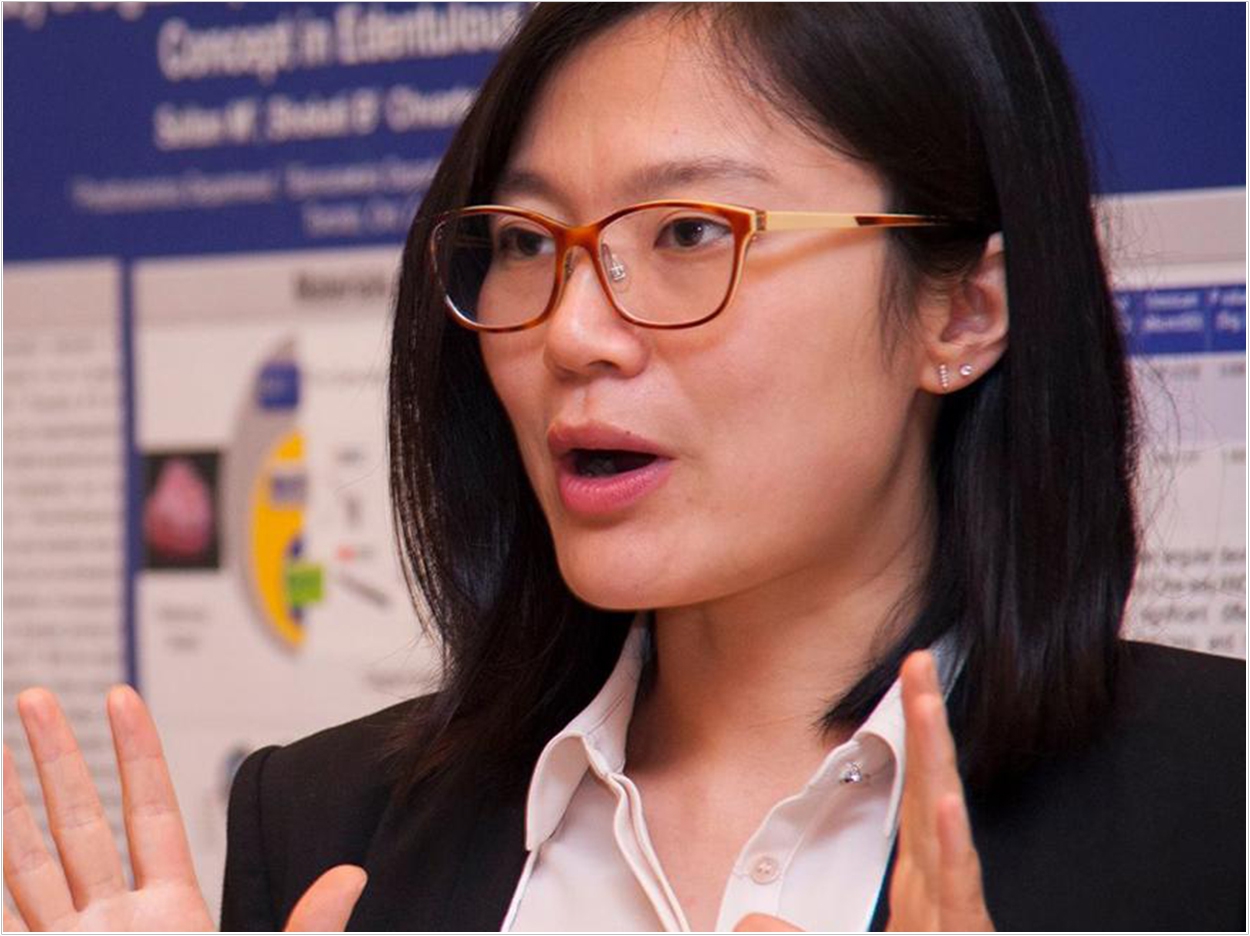
University of Toronto Faculty of Dentistry biomaterials expert and newly appointed assistant professor Bo Huang, DMD, MS, PhD, has long known that there is a big difference between the research conducted on the bench and how the results of that research eventually benefits patients, according to the school.
Huang, who begins a part-time faculty appointment this month, was a practicing dentist in China after earning her DMD at the Air Force Medicine University (formerly known as the Fourth Military Medicine University) in Xian, China, in 2007. She then earned a master of science degree in oral microbiology at Peking University in Beijing in 2010.
In 2011, Huang immigrated to Canada and began a PhD at the Faculty of Dentistry in biomaterials. She studied the biocompatibility of the most common materials used in fillings and how they became degraded in the oral environment.
Throughout the degree, which she completed in 2017, Huang came to see that the gap between research and practice was bigger and more problematic than she previously had thought.
“Whenever I went [to conferences] and presented my work, clinicians always asked, how can it benefit us? How long will it take for your results to be translated into the clinic?” she said.
Huang’s co-supervisors, professors Yoav Finer and Dennis Cvitkovitch, suggested that she undertake further specialty training “to think like a clinician again, to see how I can translate research into clinical applications,” she said.
The discussion was important for Huang, the school said, and it eventually shaped her future career. She entered the Master of Science in Prosthodontics program at the Faculty in 2017. For her thesis research, she studied the enzymatic activities of oral bacteria that can lead to the destruction of hard tooth structures.
But for Huang, the school said, research into those microscopic bacteria always comes back to the human factor.
“I have one advantage as a researcher,” Huang said. “I can go back to the clinic and treat patients and see what materials really work in patients’ mouths. I can ask, what are the requirements and needs from the patients’ standpoint? Then, I can better design my research.”
Huang recognizes the potential for all patients to gain from her research findings as well as the potential advances that can be made in biomaterials. That progress flows both ways, the school added, as Huang will use her clinical research experience as she teaches prosthodontics to undergraduates and continues her biomaterials research.
Huang won’t leave her patients behind either, the school said. She plans to continue seeing patients as a part-time prosthodontist, ensuring she always has a keen understanding of patients’ needs whether she heads into the lab, clinic, or classroom, the school said.
Related Articles
The Body’s Own Immune System Damages Teeth and Resins in Restorations
Mechanism Connecting Periodontitis With Other Inflammatory Diseases Uncovered
Dental Students Join “Houses” to Maintain In-Person Contacts During the Pandemic



